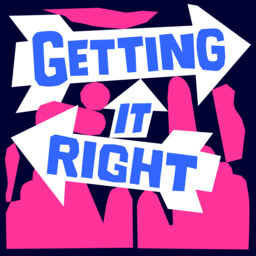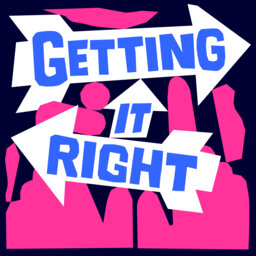The pandemic brought working from home to the forefront but there’s more to a “flexible workplace” than just the address.
Jobsbank CEO Karina Davis packages up the tools you need to create an inclusive space where diversity can flourish.
Find out how to open up shift rostering, build transparent operational plans, and implement innovative trials. These small changes just might transform your workplace.
+++
Getting It Right is podcast by Jobsbank. It was produced by Deadset Studios and hosted by Rae Johnston.
Click here to find your downloadable episode guide.
For more information, resources and handy tools on inclusive hiring and procurement visit Resources | Jobsbank
CREDITS
Host: Rae Johnston
Deadset Studios executive producers: Kellie Riordan, Ann Chesterman, Rachel Fountain
Deadset Studios producer: Luci McAfee
Sound Design: Scott Stronach
We acknowledge Aboriginal and Torres Strait Islander peoples as the First Australians and Traditional Custodians of the land on which this show was made.
 Getting it right
Getting it right


